General Motors Kills Its Golden Goose
For a second consecutive year, GM’s Oshawa production facilities have received J.D. Power and Associates’ “Gold Plant Quality Award.” The award is given to the production facility with the fewest number of defects per vehicle, as measured by J.D.’s famous “Initial Quality Study.” Oshawa created cars with just 43 defects per 100 vehicles. The industry average was 124. So what do you do if you have the second most productive assembly plant on the continent? If you’re GM, you do the only logical thing possible: you close it.
There’s no question that GM has too much of everything: brands, models, dealers, workers, factories and suits. Although the media hails GM CEO Rick Wagoner for cutting (a.k.a. buying off) production workers and eliminating plant capacity, they’re forgetting that the same stupidity that lead to the cuts could well mean stupid cuts. As GM downsizes its vast empire to match its diminished role in the US automotive market, it runs the risk of making too many cuts in the wrong places. Like Oshawa.
It may be a piercing glimpse into the obvious, but a plant that produces the fewest defects per vehicle is also building your highest quality cars. GM needs higher quality products like a losing football team needs touchdowns. The days when close enough was good enough are long gone. If GM is going to claw their way back against the likes of Toyota, Honda and Nissan, they can only do it with virtually defect-free products. They know this. In fact, they already claim success; continually citing a supposed “perception gap” between old (i.e. crap) and new (i.e. high quality) GM vehicles.
Again, it all seems pretty simple: produce better vehicles at your award-winning plants and reap the rewards, right? Well here's the thing. The vehicles produced at GM’s Oshawa plants are some of GM’s best sellers. Oshawa’s Number 2 Plant produces the Pontiac Grand Prix and Buick LaCrosse. The LaCrosse is the best selling vehicle under the Buick marque, accounting for some 93k units in 2005. The Grand Prix has only just been eclipsed by the G6 at around 120k units. But here’s the rub: GM (literally) has no business making “best-selling” products that drop as low 93,000 units. Their huge dealer network and corporate infrastructure require gigantic hits, regardless of their quality. And yet…
By killing Oshawa, GM is revealing two important defects in its “right sizing” game plan. First, the General’s generals are demonstrating their lack of focus on product quality. Why kill your best plant before your worst, even if that plant’s products aren’t best sellers? If a hockey team doesn’t make the playoffs, you don’t trade your best player, you rebuild around him (unless you’re from Boston). Oshawa builds some of the best-built products in GM’s lineup. Throwing that skill overboard in favor of less capable factories is insane. Which brings us to the second problem: flexibility.
Honda’s American facilities can change the platform-sharing vehicles that a factory produces in a matter of hours, tailoring production to meet changing demand (e.g. Ridgeline pickup to Odyssey minivan). The new, smaller GM will need to follow Japan’s lead, establishing factories that can create more than one product. This trend increases the importance of any given factory’s workers and processes; product changeover is nowhere near as easy as building the same thing day in, day out. Again, it makes sense to use your A-team, not the accidentally successful B, C and D teams.
A recent GM internal report supported the philosophy. It recommended that GM invest $400m in Oshawa to transform and amalgamate the two plants into a single class-leading, platform-sharing production facility. The plan: let the men and women of CAW local 222 produce the upcoming (and day late) rear-wheel drive, mid-size Zeta platform. If implemented, the end result would be a Canadian produced Cadillac DTS, Buick Lucerne and GM’s latest halo, the Chevrolet Camaro. When asked about this report to save the golden egg laying goose, GM Car Czar Bob Lutz scoffed and dismissed its conclusions as “merely speculative’. Speculative because transferring production northwards would require closing the DTS’ and Lucerne’s current Detroit/Hamtramck home. In the UAW-appeasing, YIMBY (Yes In My Back Yard) world of GM, that ain’t gonna happen.
It’s not right. GM should use its Oshawa facilities to their utmost capabilities. The factory has proven that they can produce over 500,000 vehicles annually that rank among the best for fit and finish. The Detroit/Hamtramck plant only cranks out 170,000 vehicles with the same number of employees. GM should consider Darwin’s theory and let the back of the herd die. Right size the right plants, kill the stragglers that keep dragging the brands down and invest in what will ultimately make you a better carmaker. After all, it’s one thing to talk about quality. It’s another to actually build it.
More by Neunelf
Latest Car Reviews
Read moreLatest Product Reviews
Read moreRecent Comments
- UnoGeeks Great information. Unogeeks is the top SAP ABAP Training Institute, which provides the best SAP ABAP Training
- ToolGuy This thing here is interesting.For example, I can select "Historical" and "EV stock" and "Cars" and "USA" and see how many BEVs and PHEVs were on U.S. roads from 2010 to 2023."EV stock share" is also interesting. Or perhaps you prefer "EV sales share".If you are in the U.S., whatever you do, do not select "World" in the 'Region' dropdown. It might blow your small insular mind. 😉
- ToolGuy This podcast was pretty interesting. I listened to it this morning, and now I am commenting. Listened to the podcast, now commenting on the podcast. See how this works? LOL.
- VoGhost If you want this to succeed, enlarge the battery and make the vehicle in Spartanburg so you buyers get the $7,500 discount.
- Jeff Look at the the 65 and 66 Pontiacs some of the most beautiful and well made Pontiacs. 66 Olds Toronado and 67 Cadillac Eldorado were beautiful as well. Mercury had some really nice looking cars during the 60s as well. The 69 thru 72 Grand Prix were nice along with the first generation of Monte Carlo 70 thru 72. Midsize GM cars were nice as well.The 69s were still good but the cheapening started in 68. Even the 70s GMs were good but fit and finish took a dive especially the interiors with more plastics and more shared interiors.



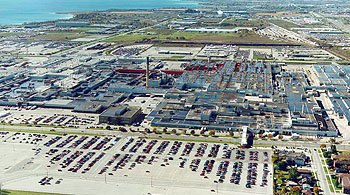













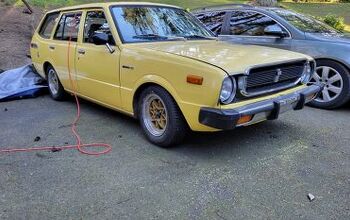
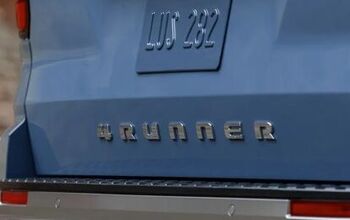
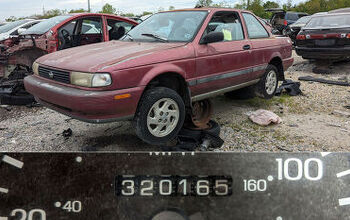


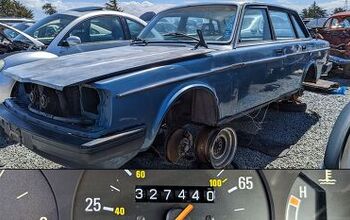
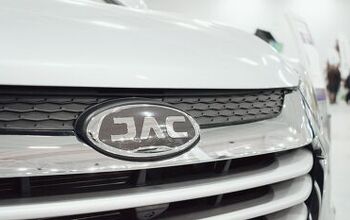
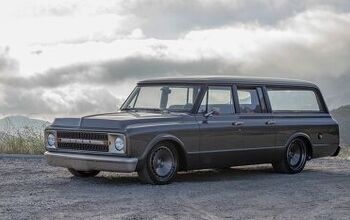
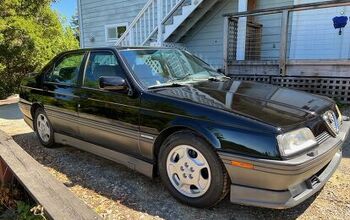
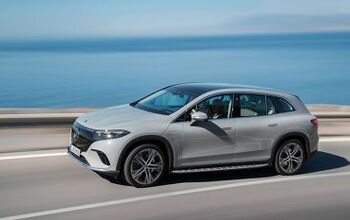



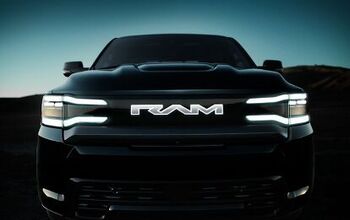

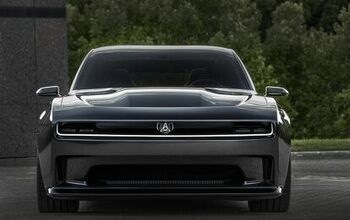

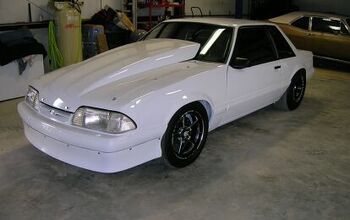
Comments
Join the conversation
One question about this article: Now we believe JD Power? http://www.thetruthaboutcars.com/?p=1592 Key comment: "Should those seeking trouble-free wheels be sure to buy one of J.D.???s winners? Hardly." Kind of makes this article worthless...
Bobby/Redwing: if you haven't noticed, there appears to be some HTML problem with the posts... at least for me viewing this page with WXP/Firefox 1.5.0.4 some apostrophes are displayed as triple question marks.